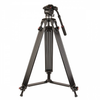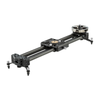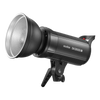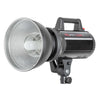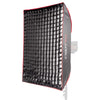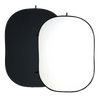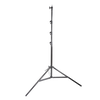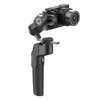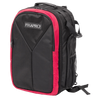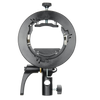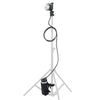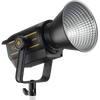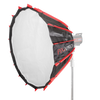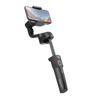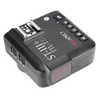School Photography Set-Up by Mark Ratcliffe (Part 2)
In our last blog, we looked at a selection of different Lighting set-ups for School Photography created by Mark Ratcliffe. In this blog, we take a look at the benefits of battery powered flash lighting, and the reasons why it is ideal for School Photography.
Info, Specs and Opinion
So, I guess the most important thing people want to know is if I can replace my 240v lights with battery lighting?
The simple answer is yes, battery technology has improved 10-fold over the years, now offering constant and consistent power. Combine this with reliability and you have the perfect fast set up for school photography.
The Pros of Battery Lighting:
1: Multi-Control trigger system.
2: Built in receivers; The PiXAPRO Battery Powered flash comes with built-in receivers, making them part of the ONE System.
3: Reliability; they work as expected, I regularly shoot 2000 images per day for multiple days with no issues.
4: Misfires; as an example, I would maybe get 4 or 5 misfires in total over a 5-day event
5: Colour balance; the output from the pro heads is exceptional with no noticeable shift in colour temperature over days of shooting.
6: Compact light heads; the CITI400PRO especially are smaller than many 240v studio heads
7: Portability: Battery Flash Heads are usually designed to be more compact and smaller compared to Studio Heads, making them both easy to transport between shoots and easy to store when not in use.
Specifically, in respect to Set-Up 1, the lights are running at the following; obviously there may be small difference, but I aim to set the lights as below.
Main Umbrella Light is at 1/6th and 5/10th approximately.
Rear 2 lights both at 1/8th
This gives me F8 at ISO 200 on pupil and a clear white back ground as shown in the set-up image

So, how many pops do I get from my CITI400 PRO?
I get around 700 per charge per head off the CITI400PRO battery, I have 3 batteries on charge and swap out during the day. I have never worried about running out of power during very busy shoots.

CITI400 PRO
Benefits to this Set up:
· Much faster than running 240v system
· No need to search for plug sockets in the venue
· No running of extension cables
· No gaffer taping of cables across floors
· Dinner time breakdown; if you’re in the main room for lunches and you have to breakdown the studio for lunch time, I simply pick up my light stand and place it in the corner, again I have no power cable to worry about, post lunch just pop the stand back where it was, take a few test shots and you’re ready to go again.
Using the CITI600 V CITI400 PRO:
If I am using the CITI600 standard, I will get 1000 pops on average, so more than the CITI400 PRO, but for me the advantages of the smaller lighter CITI400 PRO overcomes the fewer pops per charge, I still have and use the CITI600 standard but my preference is to take the 3 of CITI400 PRO setup out.

CITI600 Manual
PIKA 200:
Running the PIKAs on studios, the PIKA is a little 200-watt head, the same size approximately as a speedlite and they work well combined with any other light. The first time I used the PIKAs I was surprised at the power they supply; I have run full studios just on PIKA200 units, perfect for nurseries where space may be tighter, but I will always take spare batteries that are charging during the shoot.

PIKA200
I would be more than happy to run the multi light studio fully on PIKA200s potentially increasing the camera ISO from 200 to 400 allowing me to type down the power from the PIKA and getting more pops per charge.

Summary
Across these two blog posts, we have looked in depth into a range of different lighting set-ups, including the perfect lights and modifiers, for School Photography and looked at the benefits of battery flash for this particular field. With this knowledge now available, we hope you are able to capture the perfect School Photography shot.







































